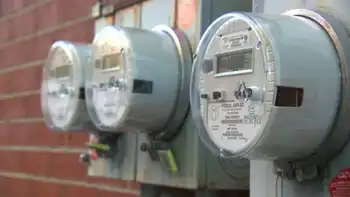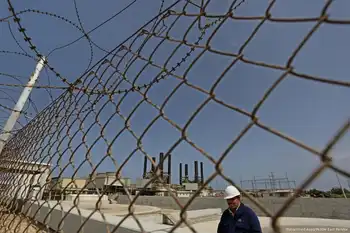Construction of largest Chinese-U.S. energy project officially begins
By Industrial Info Resources
Substation Relay Protection Training
Our customized live online or in‑person group training can be delivered to your staff at your location.

- Live Online
- 12 hours Instructor-led
- Group Training Available
Construction of the project was officially started in eastern China's Zhejiang province on April 19. Keqiang Li, Vice Premier of the State Council, attended the ceremony and announced that the project had fully entered into construction of the plant's main works.
"This is the largest-ever energy cooperation project between China and the United States and will make its contribution to mankind's peaceful utilization of nuclear energy," said Guobao Zhang, Vice Director of the National Development and Reform Commission and Director of the National Energy Administration.
On December 16, 2006, the governments of China and the U.S. signed an agreement for the cooperative construction of nuclear power projects using advanced pressurized reactor technology as well as the transfer of related technology. On July 24, 2007, China, led by State Nuclear Power Technology Corporation, signed the AP1000 Third Generation Nuclear Power Technology Transfer and Nuclear Island Equipment Procurement Contract with the consortium led by Westinghouse.
According to the contract, China will introduce Westinghouse's AP1000 technology and build the Zhejiang Sanmen nuclear power plant and the Shandong Haiyang nuclear power plant, both of which will be based on AP1000 technology. Unit 1 of the Sanmen Nuclear Power Station is the first unit of its kind in the world and is scheduled to begin operation in 2013.
Sanmen Nuclear Power Station has a total planned capacity of six units of 1,250 megawatts (MW) each. In Phase I, two units will be built. The project is also the first self-reliance support project for the localization of the third-generation nuclear power technology in China.
At the ceremony Ganjie Li, Vice Minister of the Ministry of Environmental Protection of China and Director of the National Nuclear Safety Administration, issued the construction license to Zhejiang Sanmen Nuclear Power Company Limited (Sanmen, Zhejiang), the owner of the project.











